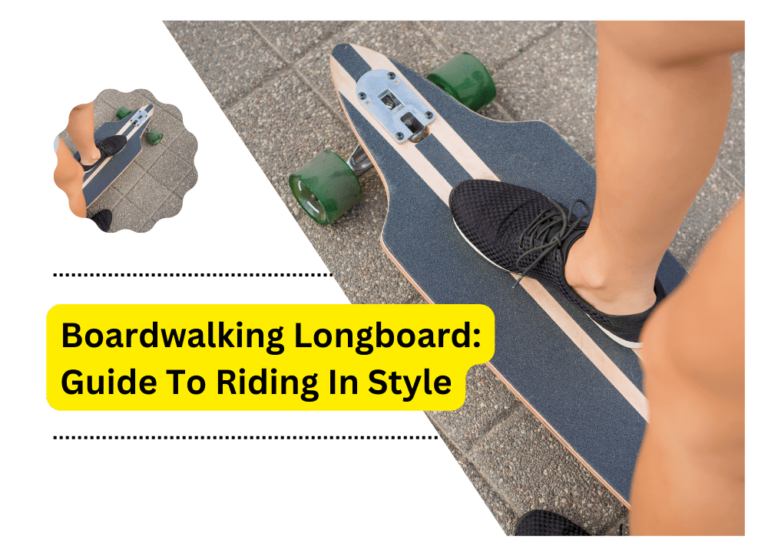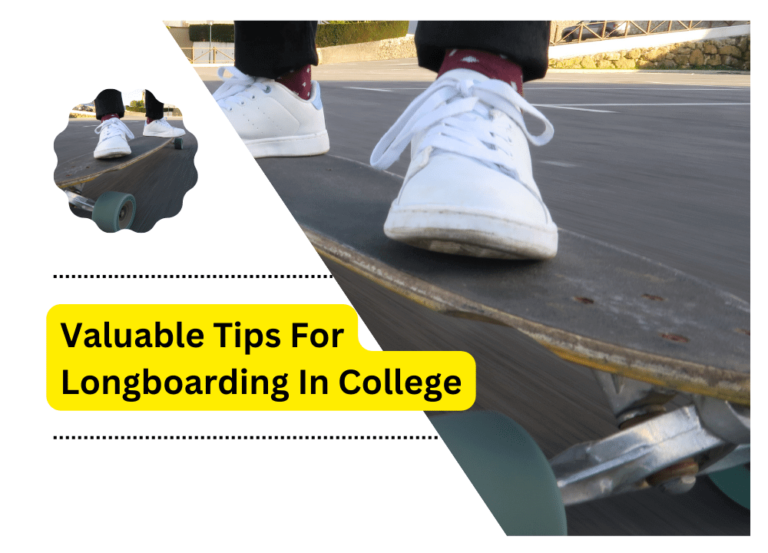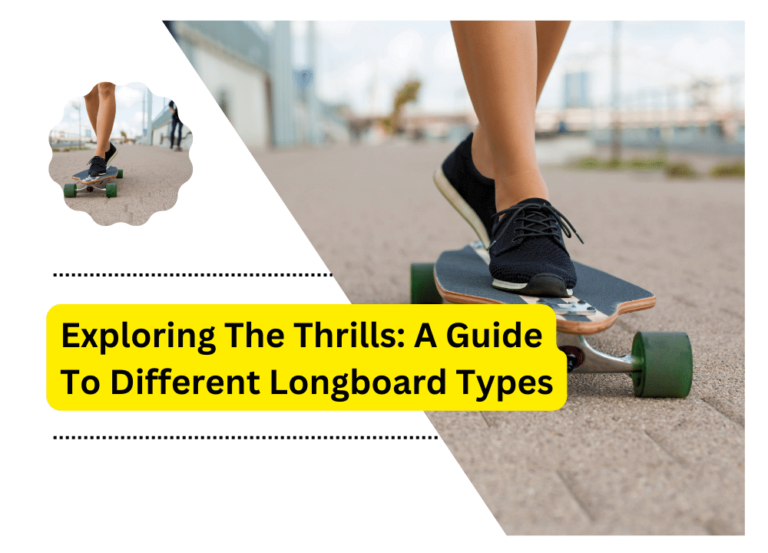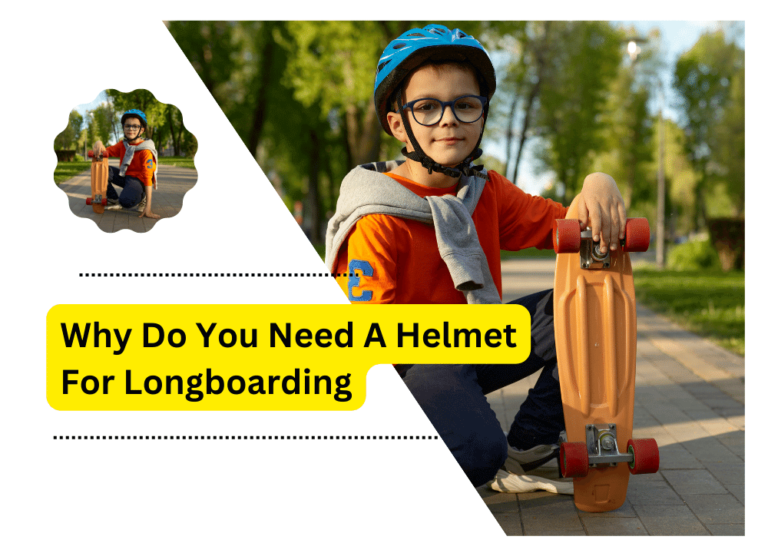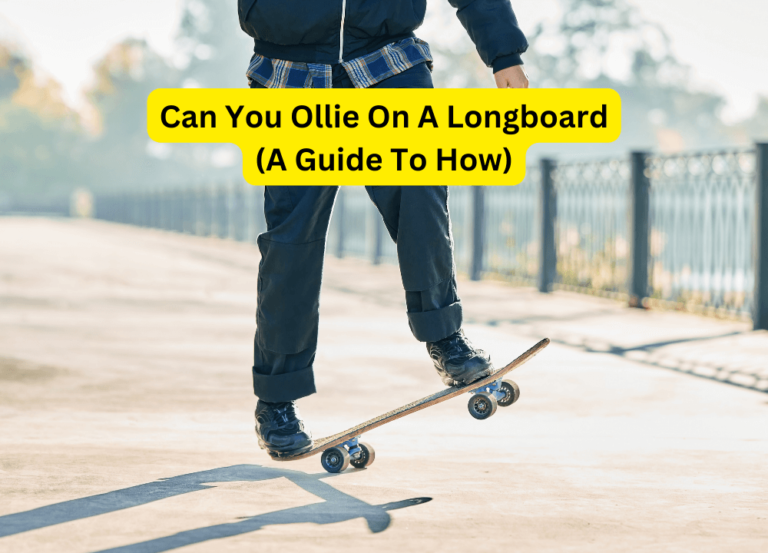How To Stop On A Longboard? – Easy And Quick Ways
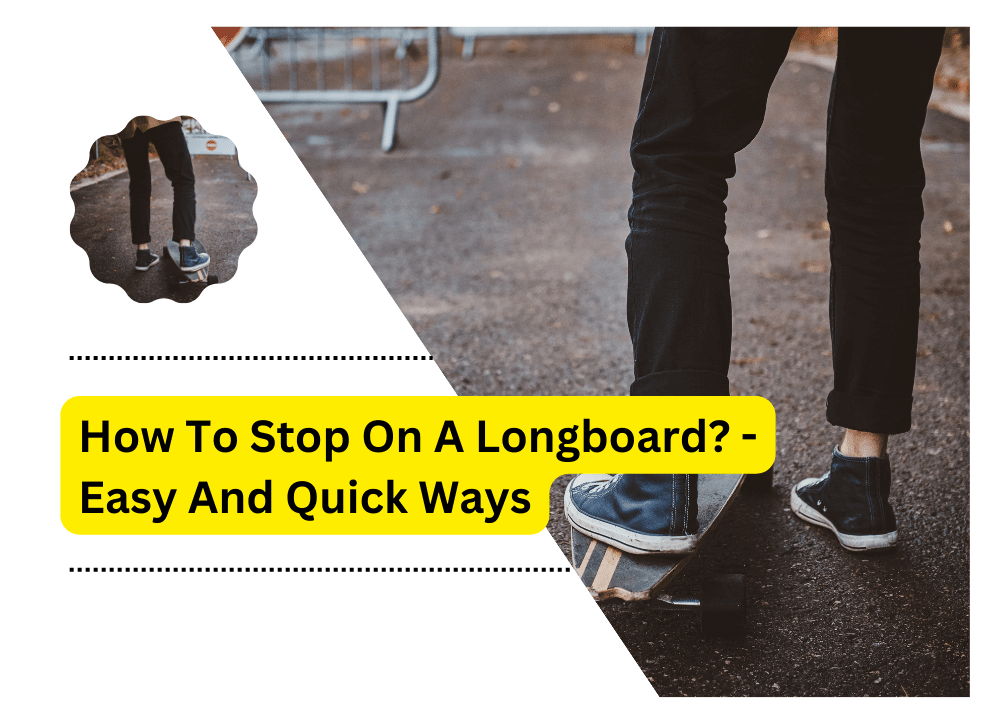
Longboarding is an incredibly fun and exciting way to get around. But when you’re first starting, it can be intimidating. One of the most important things to learn is how to stop on a longboard. This guide will review some easy and quick ways to do that!
Required Gear
Before we get into the actual stopping techniques, there are a few pieces of gear that you’ll need. First are good shoes with plenty of grip to help keep your feet planted on the board. It is especially important when using some of the more advanced braking methods. You’ll also want some knee or elbow pads to protect yourself in case of an accidental spill.
Body Position
Ensuring you have the proper body position while longboarding is essential, not for stopping but for your safety. You want to ensure that your feet are planted on either side of the board with your legs bent, and arms outstretched for balance. It will help keep you steady and provide a better braking platform.
The Push and Slide Method
The push-and-slide method is a great way to stop on your longboard. You’ll use your back foot to push against the ground while sliding your front foot across the top of the board. It will help slow down momentum and bring you to a complete stop. You can use this technique even at higher speeds, making it one of the more reliable ways to stop.
The Coffin Stop
The coffin stop is another great way to help you how to stop on a longboard. This method involves turning your board perpendicular to the direction you’re moving in and pushing off with both feet at once. This action causes the wheels on either side of the board to skid and slow you down. This technique should only be used on flat surfaces, as it can cause a lot of wear and tear on the board.
The Carve Stop
The carve stop is an advanced braking technique that requires some practice to master. Once you’ve got it down, it’s one of the fastest and most efficient ways to slow your longboard. You’ll carve your board in a U-shape pattern to do this while pushing down on the edges with your feet. It will help to slow down your momentum and bring you to a complete stop.
Foot Braking
This is the most common way of stopping on a longboard and involves using your feet to slow down or stop completely. You’ll need to position your feet at either end of the board, with one foot higher than the other. When you’re ready to brake, press the lower foot onto the ground while pushing it back toward your body. It will cause the board to slow down and stop.
Slide Stopping
Slide stopping is a great way to bring your longboard to a quick stop in an emergency. This method will help you how to stop on a longboard using your feet to do a slide-stop. You’ll need to turn the board on its side and press one foot onto the ground. Use the other to slow you down or stop the board completely. The best way to do this is by pressing your foot onto the ground at an angle to create friction, which will act as a brake for your movement.
Coasting
Coasting is another good option if you’re looking for a more gentle approach. This method involves slowing down your longboard by taking your feet off the board and allowing it to coast. You can also use this technique if you need to slow down but don’t have enough time for a foot brake or slide-stop.
Emergency Stops
If you find yourself in an emergency where you need to stop and there’s no time for any other techniques, you can always use your body weight to help slow down the board. To do this, lean as far back as you can while pressing both feet onto the ground. It will bring your longboard to a fast stop.
These are some ways you can safely bring your longboard to a stop. With practice and time, you’ll be able to master these techniques and have more control over your longboarding experience. Remember to always wear protective gear when riding, and stay safe!
Practice Makes Perfect
As with any new activity, practicing and getting comfortable with the techniques before you try them in a real-life situation is essential. Start by practicing your stopping methods on flat surfaces at slower speeds. It will help you get used to the movements and develop muscle memory. As you become more confident and comfortable, increase your speed until you can stop your longboard from any speed.
FAQs
A: It’s recommended to use shoes with more grip for longboarding. They help keep your feet planted on the board, which is vital when using some of the more advanced braking methods.
A: While foot braking is the most common method, the best way depends on the situation and the rider’s comfort with different techniques. Other ways, like the carve or slide stop, can be more effective in certain conditions.
A: It’s best to practice on flat surfaces at slower speeds. You can try practicing on different terrains and at higher speeds as you get more comfortable.
A: Wearing protective gear like knee and elbow pads while longboarding is always safer, especially for beginners. They protect you in case of accidental falls or when practicing new stopping techniques.
A: In an emergency, you can use your body weight to help slow down the board. Lean back as far as you can while pressing both feet onto the ground, bringing your longboard to a fast stop.
Conclusion
Stopping on a longboard can seem intimidating. These techniques will help you to understand how to stop on a longboard safely and bring your board to a stop. With practice and time, you’ll be able to master the different methods and have more control over your longboarding experience. Always wear protective gear when riding, stay alert, and stay safe. Enjoy the ride!

